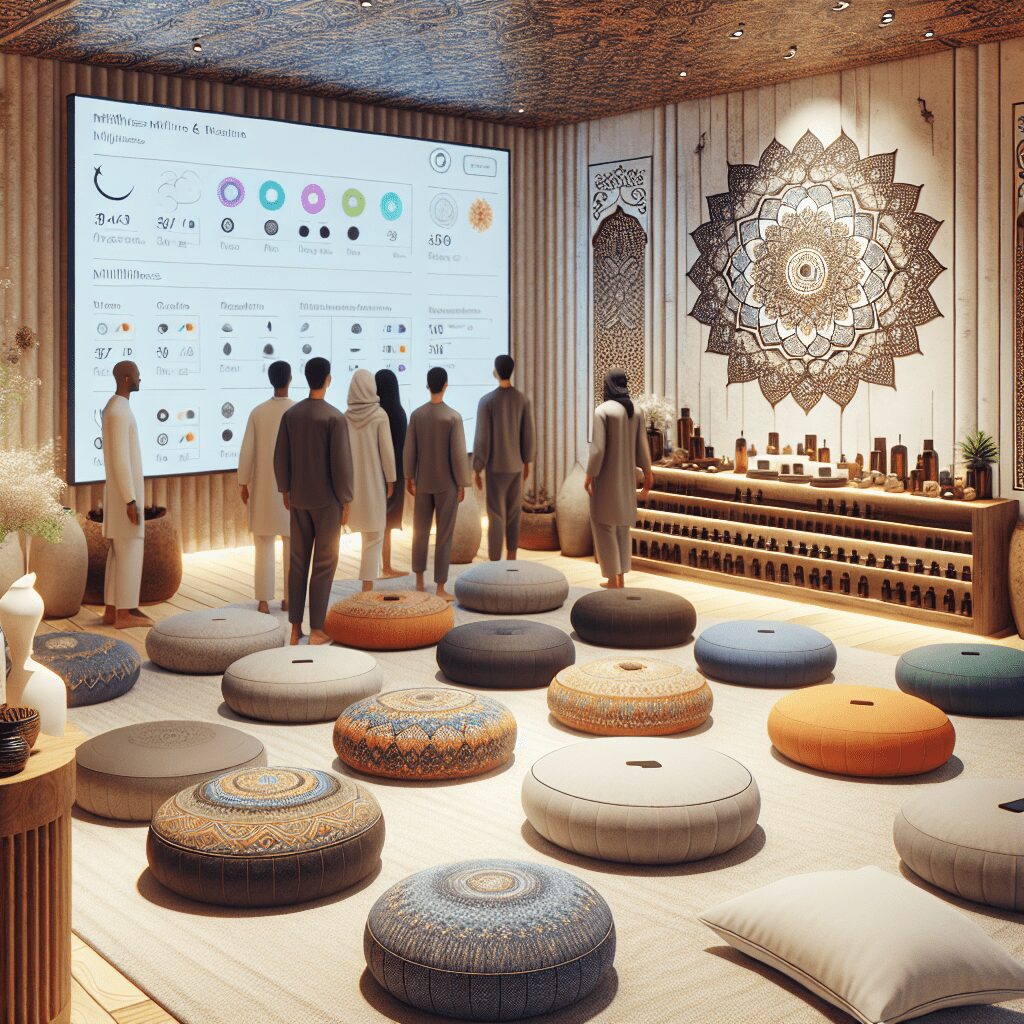
Prioritize your mental well-being daily. Enhance your life by nurturing your mental health with the Smart Meditation app. Break free from stress, alleviate anxiety, and enhance your sleep quality starting today.
Are There Any Differences Between A Meditation Room And Yoga Room?
Unraveling the Mysteries: Meditation Rooms vs. Yoga Rooms
In the quest for tranquility and mindfulness, many individuals turn to yoga and meditation. These ancient practices are akin to bread and butter in the wellness world, each complementing the other but serving distinct purposes. As such, when it comes to designing spaces dedicated to these practices, people often wonder whether there’s a difference between a meditation room and a yoga room. Let’s dive into the essence of these spaces and unearth their unique characteristics.
The Essence of Meditation Rooms
Meditation rooms, often considered sanctuaries of peace, are designed with one goal in mind – to foster a serene environment that aids in deep meditation. These spaces are minimalistic at heart, with the absence of clutter serving as a fundamental principle. The idea is to eliminate distractions that might pull the mind away from a state of mindfulness.
Key Features: Minimalist Decor: A meditation room typically houses very little. A cushion or a comfortable chair might be all you find, alongside optional elements like a small table for books or incense. Calming Colors: Soft, earthy tones or pastels are the go-to. These colors help soothe the mind and encourage relaxation. Natural Elements: Incorporating elements like plants, water features, or stones can enhance the connection to nature, which is often conducive to meditation.
The Dynamics of Yoga Rooms
On the flip side, yoga rooms are crafted with movement in mind. Yoga, being a physical, mental, and spiritual practice, requires space not only for mediation but for the physical postures and flows that are integral to its practice. Therefore, the design of yoga rooms accommodates this dynamic nature.
Key Features: Ample Space: To ensure freedom of movement, a yoga room needs to be spacious enough to comfortably maneuver through various poses without constraints. Mirrors: Often, yoga rooms include mirrors to help practitioners see and correct their form, fostering a deeper understanding of their body movements. Storage for Equipment: Unlike meditation rooms, yoga spaces often need storage solutions for mats, blocks, straps, and blankets. Essential oils or a sound system for playing tranquil music or guided flows might also find their home here.
Decoding the Differences
At first glance, meditation and yoga rooms might seem interchangeable. However, the devil’s in the details, or in this case, the intent behind each room. The meditation room is the epitome of simplicity – a quiet nook where one can sit still and delve into the mind’s eye. The yoga room, meanwhile, is more versatile, designed to accommodate a range of physical activities from gentle stretches to vigorous flows.
So, what’s the takeaway? Well, whether you’re a seasoned yogi or a meditation aficionado, understanding and respecting the unique purpose of each space can profoundly enhance your practice. It boils down to personal preference and individual practice. Some may find that a hybrid space meets all their needs, blending the minimalist approach of a meditation room with the practicality of a yoga space.
In an era where self-care is not just a luxury but a necessity, carving out a personal sanctuary dedicated to either (or both) of these practices can be a game-changer in nurturing your mental, physical, and spiritual well-being. After all, in the hustle and bustle of daily life, who wouldn’t cherish a haven of tranquility to retreat to?




